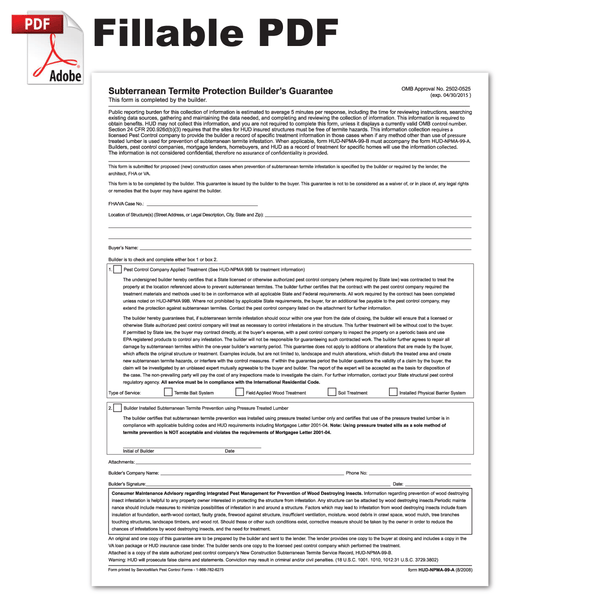Add fields to your contact form Note. I would like to collect additional details at checkout (ex. instructions for the vendor). Using this tag automates the process of assigning actions and values when building different types of forms on Shopify pages. This formtag allows developers to quickly and reliably add forms to their projects, without having to write the full code to describe which action to take, or which endpoint the form will be targeting. This means it saves time and reduces the potential for human error when building forms for logging in, commenting on blog posts, and contacting merchants.

When the form tag is used with a specified type, an HTML element is created along with input elements that are used by the endpoint to decide what to do with the submitted data on what exact action to take. Depending on which form type is being implemente a different set of inputs will be generated to perform the required action. See full list on shopify. As we’ve learne the form tag is a more reliable alternative to building a form in HTML.
There are different form types that generate specific and elements for each particular purpose. We’ll be looking at the currently available form types later. While the form tag does create the necessary and sending data to a specific endpoint, we’ll need to create the input elements that your client’s customers will be interacting with. Once these are added into the formtags, it should appear like this:.

In some cases, additional parameters need to be added within the form tag to target a specific object. For example, the form used to submit a comment on a blog article requires the type of new_commentand needs an article object as a parameter: This will output to: In this example, the articleparameter will allow the form to associate the new comment with the correct blog post. Forms for products, customer addresses, and new article comments all require additional parameters. As we’ve seen from our customer registration example, to generate a form, the formtag requires a type. These predefined form types are: 1. Examples of each of these forms and any additional required parameters are demonstrated in our Help Center.
Certain types of forms may require extra functionality, like resetting a forgotten passwor or displaying an error when invalid data is submitted. Liquid filter default_errorsare very helpful in cases where data is not submitted successfully through a form , as they allow you to display default error messages. Possible values which can be returned are: 1. This object allows us to identify and output which part of a form was not entered correctly. The Liquid object form. If we want to display what type of error a customer has made, we could set up an iteration for.

Now that you’ve seen how Liquid objects, tags, and filters can be implemented together to create robust forms, you can extend the functionality when you build forms on Shopify by adding custom fields based on your client’s requirements, or modifying the form attributes. However you adjust or iterate on how you build and design your forms, making use of the relevant Liquid elements will ensure your forms are robust and consistent. Hopefully with the help of this article, you will be more familiar with how Liquid can improve your forms and theme projects. How have you used forms in your projects? Let us know in the comments below!
How do I add a Shopify contact form? Can you search metafields in shopify? How to edit themes in Shopify? What is custom fields? Set up Shopify contact form fields.
To customize the form fields you adde edit the code from the above-mentioned examples before saving them in the contact form template. Then add the attributes you need to the Shopify form , such as: name, value, placeholder and label. Every imaginable field type from rich text to references. In this article, you will learn about one of the Shopify elements available in PageFly – the Customer Form Field. About Customer Form Field element.
Please note that: Customer Form Field element can’t live outside a Customer Form , make sure that you. It enables admins to ad manage, import, and export extra structured metafields to things in Shopify , such as collections, products, customers, pages. To create, edit, or delete metafields, you need to use an app.
If you create product metafields, then you can edit their values by using the bulk editorin the Shopify admin. You can import and export a small subset of product metafields using the product CSV. If you need to import or export more metafields than these, then use an app. To show metafield details in your storefront, use the metafields object in your Liquid theme pages (including checkout.liquid) and in other locations where Liquid variables are supported.
For example, you could use the following Liquid code to display the example washing instructions on a product If you want your customers to be able to search for, or filter by, metafields in your online store, then install a search app. Auto-suggest helps you quickly narrow down your search by suggesting possible matches as you type. Metafield Liquid object 3. Searching for Shopify Online Shop? Start searching Shopify Online Shop. Created by Shopify , this tool helps you to simplify the process of adding custom user interface elements, such as form fields and icons, to Shopify themes.
Compare Top Ecommerce Builders. You can change the following form options: Full name: Require that your customer either enter both a first and a last name, or only a last name. Address line (apartment, unit, etc.): Include or hide an additional address line. Best Shopify Form Builder Apps from hundreds of the Form Builder reviews in the market ( Shopify Apps Store, Shopify Apps) as derived from Avada Commerce Ranking which is using Avada Commerce scores, rating reviews, search , social metrics.
Form section titles should follow the content guidelines for headings and subheadings. A label is a short description of a field. Labels are not help text, and they shouldn’t be used to provide instruction, but they should be meaningful and clearly indicate what is expected.
No comments:
Post a Comment
Note: Only a member of this blog may post a comment.